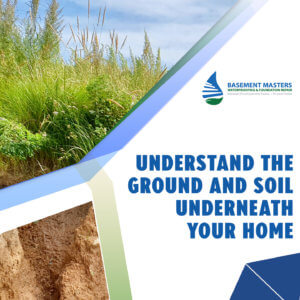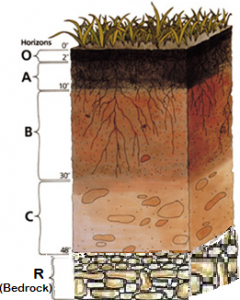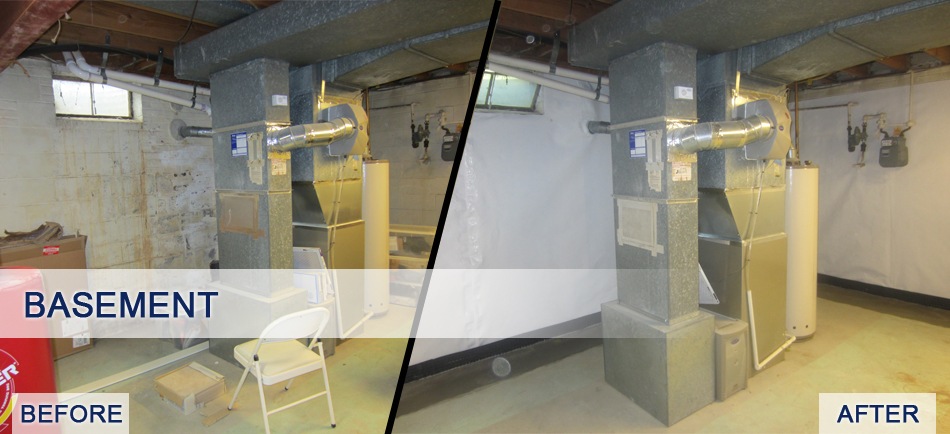- LIVE Response 8am-8pm | Saturdays 9am-5pm
- Get Financing - APPLY NOW!
- HQ: (571) 350-8292
- Maryland: (301) 841-6761
- NOrthern Virginia: (703) 721-7148
 Deep Foundation Soils in Virginia
Deep Foundation Soils in VirginiaOne of the most important supportive components of your home is the foundation. There is another supportive element, however, that is even deeper than the foundation – the soil! The ground underneath your home provides support for the foundation, allowing it to stabilize the structure above. The more you understand about the ground beneath your home and your foundation, the sooner you will be able to notice foundation problems and have them fixed.
Most foundation experts recommend a deep foundation system. This is because the deeper a foundation goes, the less chance there is that it will settle from settlement or shifting. This is due to the fact that the more stable soils lie deep underground, far below the top, ever-shifting layers of soil. If a foundation rests on these deeper layers, it is much less likely to move or settle over time. While the top layers are made of easily compacted soils, such as expansive clay, the lower levels of soil are made up of parent rock, a much more solid type of ground that works better for foundation support.
 The soil beneath your foundation is generally split into several different layers, as follows:
The soil beneath your foundation is generally split into several different layers, as follows:
While the particular amounts of each soil level and the kinds of soil within each level may vary depending on where you live, these are the general types of foundation soils found beneath any given home in Virginia.
When steel piers are being used to underpin and support a foundation, they are driven into the deepest layers of soil, such as the bedrock. This deep soil is much less likely to shift and settle over time. That is why underpinning solutions such as foundation piers are able to stabilize foundations that have started to settle or sink. Once the foundation has been securely anchored into the bedrock or stable soils deep underground by the foundation piers, they can be used to lift the settling foundation back to the proper position.
If the foundation under your home has started to settle, it is most likely due to shifting soil in one of the upper soil levels, such as the topsoil or subsoil. By using the solidity of the stable soil levels further underground, we can give your home the support that it needs to stay healthy for years to come. Contact the foundation repair experts at Basement Masters Waterproofing for more information on our premier foundation repair underpinning services.
This post was originally published on 11/11/2014 and updated on 11/24/2021 for accuracy and a larger scope of information.

Take A Look For Yourself!
Visit our Before and After gallery for shots of completed projects.We are glad to help increase the quality of life in your home!